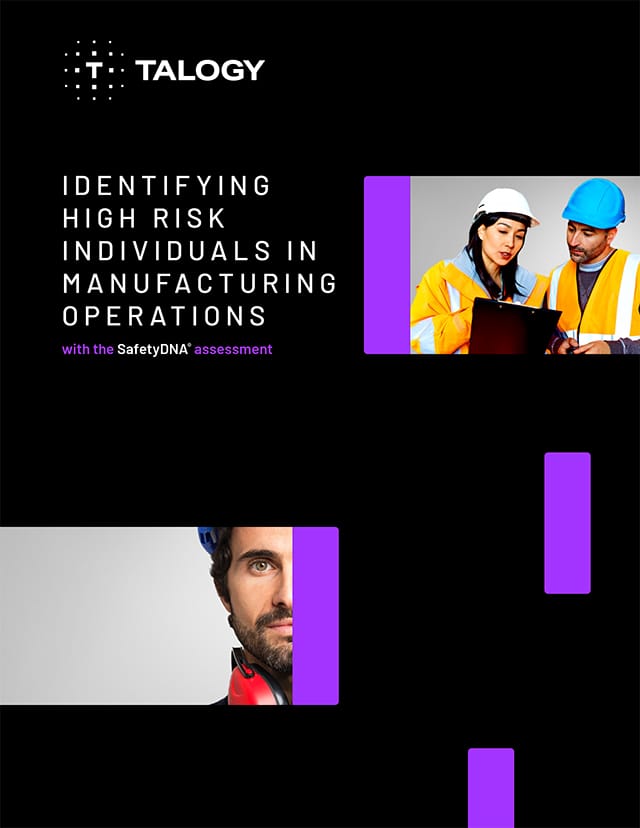Written by Craig White
Organisations are continually searching for cutting-edge techniques to decrease risk exposure for their employees. Consequently, management must understand that adopting new policies and procedures can at times be met with resistance, and the approach to which safety standards are implemented and enforced can influence employee attitudes toward the organisation as well as their personal safety behaviours.
Discussions about safety commitment are typically focused on management’s efforts to show that safety is a priority to the organisation. It is one of the most visible components of a safety program, as a simple internet search will produce an endless list of formal safety commitment statements proudly spotlighted on the mission statement pages of company websites. For example, in their code of conduct manual, Ford Motor Company states:
“Our most valuable asset is our people. Nothing is more important than their safety and well-being. Our coworkers and families rely on this commitment. There can be no compromise.”
Clearly, commitment to safety is critical to improving safety performance, but less obvious is the nature of safety commitment at the individual employee level.
Although strong safety performance begins with the organisation, it is actually carried out by the collective behaviours of employees. Thus, every employee’s personal safety commitment can dramatically affect safety outcomes and carry consequences not only for themselves but for their coworkers as well. Commitment to safety is a characteristic of high SafetyDNA®, such that some individuals are:
- More thorough than others in their job briefings prior to performing a task
- More mindful of having all of the necessary PPE to complete a job
- Less likely to break rules to get a job done faster
- Generally, more cautious on the work site
Conversely, employees who do not exhibit a strong commitment to safety may simply have poor SafetyDNA, an issue that management must address through assessment, training, and possible disciplinary actions, or they may perceive that safety is not valued by the organisation and adjust their safety performance accordingly. Therefore, building lines of trust and communication to improve employee attitudes towards safety can be key to fostering a culture of safety commitment.
Many organisations recognise the importance of personal responsibility for safety performance, and some even go so far as to have employees sign a statement of personal safety commitment. For instance, the Babcock & Wilcox Company presents its employees with a social contract that reads:
I am dedicated to maintaining a safe work environment and will demonstrate my commitment to safety through these actions:
- I am responsible for my safety and the safety of others.
- I am committed to an incident and injury-free workplace.
- I acknowledge that people are fallible, and even the best make mistakes.
- I will actively anticipate and communicate error-likely situations and failed defenses.
- I will not perform or permit an unsafe act — I have the responsibility and authority to stop work.
- I will encourage and reinforce the safe behaviour of others.
- I will make these commitments part of my everyday life at work and at home.
Beyond formal measures like this, organisations should encourage employee involvement in their safety programs. However, employees must be internally motivated to create the safest working environment possible or the organisation’s efforts will be fruitless. The basic tenets of a personal safety commitment philosophy should include:
- Safety is everyone’s responsibility.
- I am responsible for my own workplace safety.
- I will go above and beyond the minimum safety standards required of my job.
- I will continually improve my safety behaviours.
- I will work with management to decrease my exposure to risk.
- I will set an example of safe behaviour for my coworkers.
- Every incident can be avoided.
- Every job can be done safely.
- Working safely is a condition of my employment!
Employees can use any or all of these principles as personal safety phrases while they work to improve their SafetyDNA, consequently increasing safety commitment and helping create a culture of effective safety performance.



